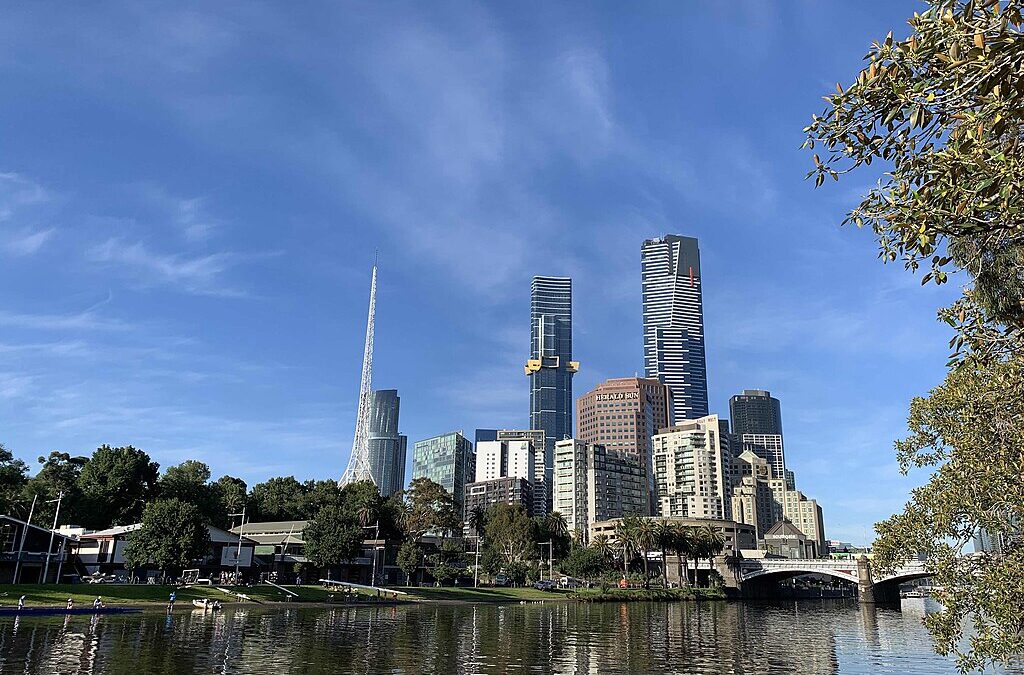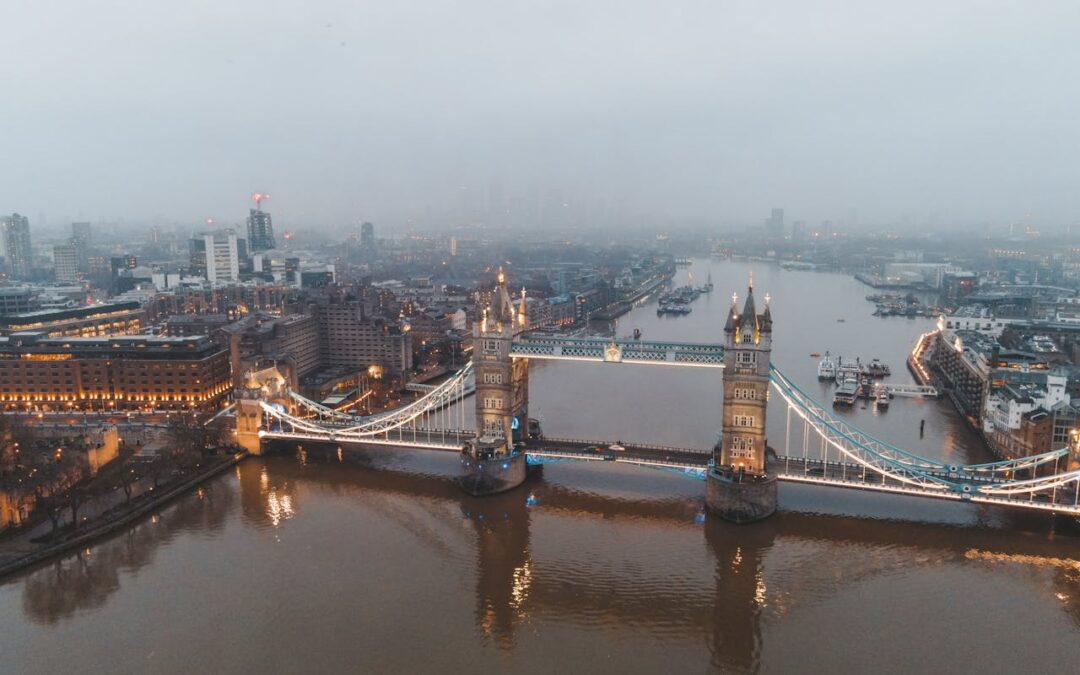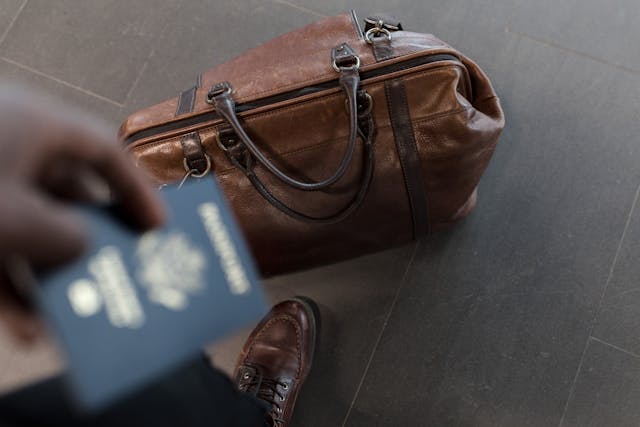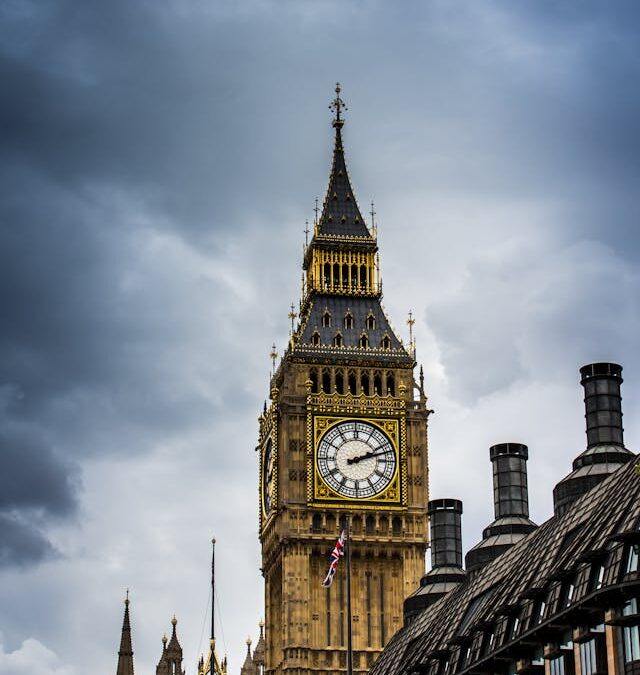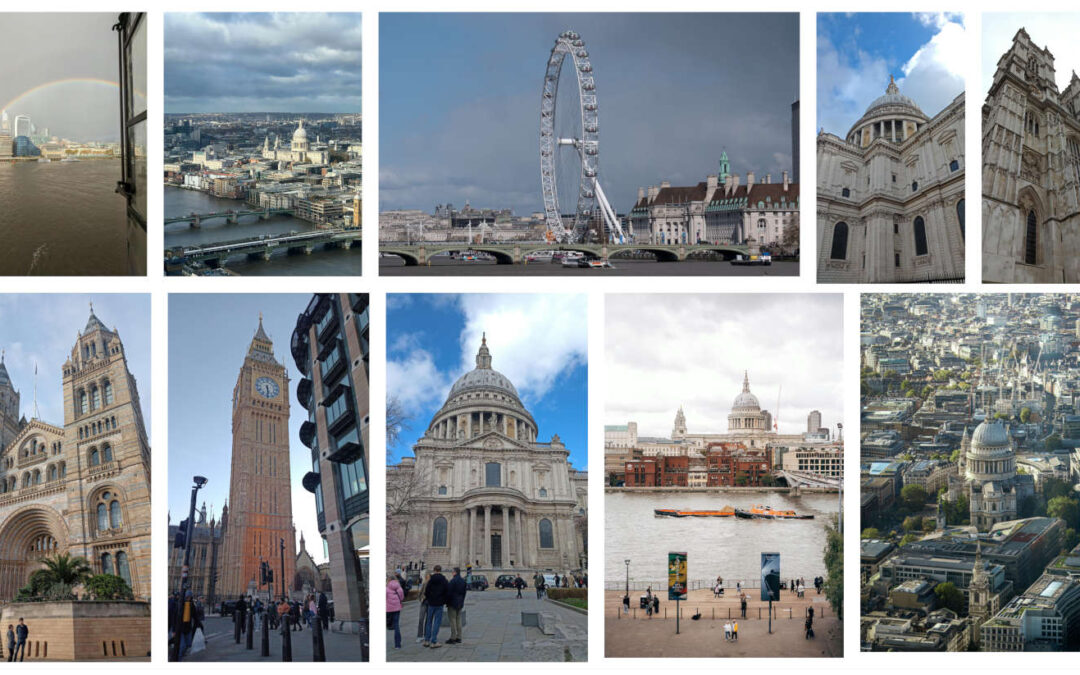
Best Places to Go in London for Free – Hidden Gems & Iconic Spots
London for Free: A Love Letter to the City’s Open Soul
There’s something magical about discovering a city without spending a single penny, especially when that city is London. For all its grandeur, London is also a city that belongs to wanderers. It welcomes those who walk with curious eyes, who find beauty in hidden corners, and who believe that the best things in life don’t always carry a price tag.
When I first arrived in London, I didn’t know how much of it I could afford to explore. But soon I found that the city’s true soul often lives not in its luxury, but in its generosity. The parks, the street art, the centuries-old architecture standing shoulder to shoulder with glassy skyscrapers—all these are gifts to anyone willing to stop, look, and feel.
So if you’re searching for places to go in London for free, come along. Let’s walk through the quiet and the noisy, the famous and the secret, and let’s soak in this city with open hearts and wide eyes.
Where the River Whispers
The Thames isn’t just a river—it’s a storyteller. Walk along the South Bank from Westminster to Tower Bridge, and you’ll hear its quiet tales. The Houses of Parliament, the London Eye, Shakespeare’s Globe, and the looming presence of St. Paul’s across the water—all free to admire, all rich in meaning.
If you’re lucky, you’ll catch a sunset that turns the whole sky pink behind Big Ben. It costs nothing, but it will stay with you forever.
Art that Fills You, Not Your Wallet
Step into the Tate Modern, and you’ll find a world that provokes, confuses, and inspires. From Picasso to contemporary installations, the gallery invites you to feel. Entry? Absolutely free.
Further along, the National Gallery in Trafalgar Square holds Van Gogh’s sunflowers and da Vinci’s brushstrokes—silent, eternal. Each painting feels like a conversation between centuries. And it’s all there for anyone to walk in and witness.
Parks That Heal the Spirit
There’s something deeply comforting about London’s green spaces. Regent’s Park in autumn, golden leaves crunching under your boots. Greenwich Park, where you stand on the Prime Meridian and gaze at a skyline that tells London’s story in steel and stone.
And Hampstead Heath—wild and vast. On Parliament Hill, the wind whips through your coat, and the whole city lies at your feet. You feel small, and somehow that’s comforting. It reminds you that you’re part of something grand.
Markets, Music, and Murals
Wander through Camden Market without buying a thing. The colours, the smells, the sounds—it’s a living artwork. Around every corner is a musician, a mural, a moment.
In Brick Lane, graffiti whispers stories of rebellion and resilience. It’s where culture isn’t sold—it’s shouted, painted, danced. On Sundays, the streets come alive with food and joy, but even on a quiet weekday, there’s poetry on every wall.
Cathedrals and Quiet Moments
Slip into St. Paul’s Cathedral during a weekday Evensong service. You don’t pay to sit there, under that massive dome, listening to choral voices rise into heaven. But your soul will feel richer when you leave.
Or go to Southwark Cathedral, tucked away near Borough Market. It’s quieter, less known, but no less sacred. You sit, you breathe, you feel a stillness that’s hard to find in a city that’s always moving.
Museums that Guard the World’s Stories
The British Museum is a universe unto itself. From the Rosetta Stone to Egyptian mummies, it’s a place where time folds in on itself. Every artefact is a doorway, every hallway a timeline.
The Museum of London, often overlooked, holds the beating heart of the city’s past—fires, plagues, revolutions, rebirth. You walk through centuries, and by the end, you understand London just a little more.
When Night Falls Softly
Evenings in London can be gentle. Head to Primrose Hill and watch the skyline flicker to life. Or walk the quiet backstreets of Notting Hill, where pastel houses stand like painted memories.
Sometimes the most beautiful places to go in London for free are the ones that aren’t on any list—the little alley where fairy lights hang, the moment a saxophonist plays on a bridge, the way a stranger smiles when your eyes meet.
A City That Gives, If You Let It
You don’t need a fat wallet to fall in love with London. You just need time, a pair of good shoes, and a willingness to pause. To sit on a bench and watch pigeons scatter. To trace the curve of a Georgian window. To follow the sound of music and end up somewhere unexpected.
There are countless places to go in London for free, but maybe the best one is wherever you find yourself falling in love with the city, moment by unspoken moment.


